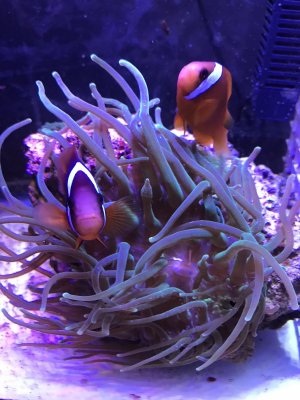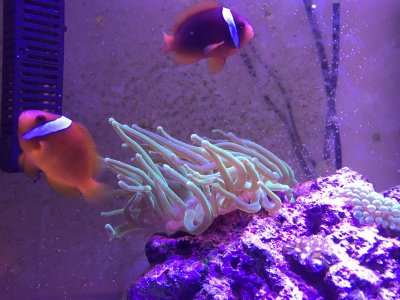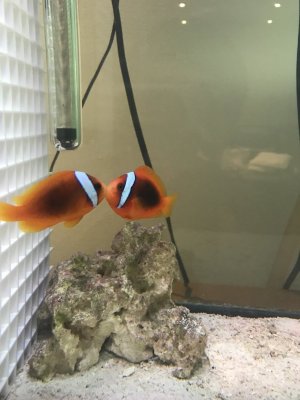so last week i attempted to get my tomato clown a mate she immediately went after him and tore his caudal fin so i had to pull him and put him back into the QT so i got an isolation box and im attempting to reintroduce him again i put him into the box this morning every few minutes she stares at him in the isolation box goes upto the box attempts to bite or go at the box then goes back to a distance
what sort of behavior should i be looking for from the male before i release him back i understand this may not work at all or it may take a while my lfs said they would take him back for store credit if i wanted but i wanted to make 1 more attempt
the tank is 72x18x28 the female clown i have now has been in the tank for a month her tankmates are a coral beauty and a one spot foxface shes not aggressive to any of my other fish
what sort of behavior should i be looking for from the male before i release him back i understand this may not work at all or it may take a while my lfs said they would take him back for store credit if i wanted but i wanted to make 1 more attempt
the tank is 72x18x28 the female clown i have now has been in the tank for a month her tankmates are a coral beauty and a one spot foxface shes not aggressive to any of my other fish



















